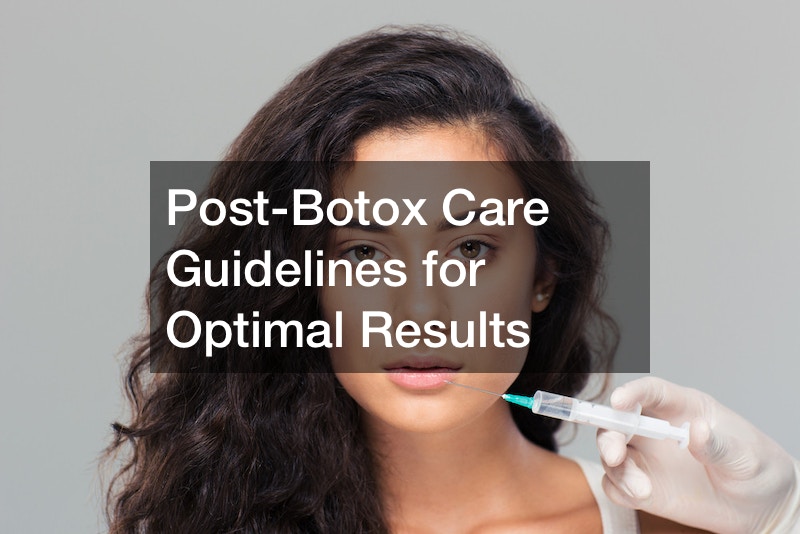Botox injections have become a popular choice for individuals seeking a smoother and more youthful appearance. Administered by qualified professionals, such as board-certified dermatologists like Dr. Whitney Bowe, these treatments involve the use of botulinum toxin to relax facial muscles and reduce the appearance of wrinkles. While the procedure itself is relatively straightforward, there are crucial post-Botox care guidelines that patients should follow to ensure optimal results.
After undergoing the Botox procedure, it’s essential to be mindful of certain activities that could impact the outcomes. Dr. Bowe advises against engaging in activities that involve downward positions, such as the yoga pose downward dog, for at least four hours post-injection. This precaution is particularly crucial to minimize the risk of eyelid ptosis, a rare but reported side effect where the eyelid droops. Patients are also cautioned against getting facials or indulging in intense massages immediately after the procedure, as these actions could potentially increase the risk of adverse effects.
One significant concern post-Botox is the possibility of developing mosquito bite-like reactions at the injection sites. Dr. Bowe reassures patients that this is a normal occurrence and simply indicates that the injector placed the product superficially for a specific purpose. While these reactions may be tempting to touch or massage, Dr. Bowe emphasizes the importance of leaving them alone. Within 10 to 15 minutes, these temporary reactions typically subside on their own, leaving no lasting marks.
To further enhance the effectiveness of Botox, patients are advised to steer clear of applying ice to the treated areas after the procedure. Although icing before the injection can provide a numbing effect, applying ice afterward is discouraged. Studies suggest that decreased temperatures can reduce the uptake and longevity of botulinum toxin treatments. In simpler terms, icing post-Botox could mean less bang for your buck, compromising the overall effectiveness and duration of the treatment.
For those looking forward to celebrating their newfound confidence post-Botox with a glass of wine, Dr. Bowe issues a word of caution. Alcohol consumption after Botox is discouraged as it has several effects on the body, one of which is reducing platelet production and making existing platelets less sticky. This can negatively impact the clotting cascade, potentially exacerbating bruising. While bruising is a common and usually minor side effect, alcohol consumption might increase the likelihood of it expanding beyond a small mark.
Once the Botox treatment is complete, many individuals may be eager to enhance their appearance with makeup. Dr. Bowe recommends waiting approximately 30 minutes before applying makeup to allow the skin to re-epithelialize, meaning the upper layer of skin cells starts to come together during the wound healing process. Applying makeup too soon may introduce bacteria or other contaminants to the treated area, potentially leading to complications.
In conclusion, post-Botox care is a crucial aspect of achieving the desired results and maintaining overall skin health. Dr. Whitney Bowe’s insights provide valuable guidance on what activities to avoid and which precautions to take after the procedure. By adhering to these recommendations, individuals can enhance the effectiveness of their Botox treatment and enjoy a smoother, more youthful appearance with minimal risks and complications.
.


